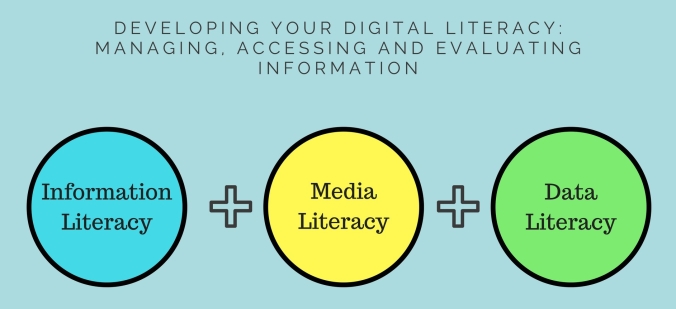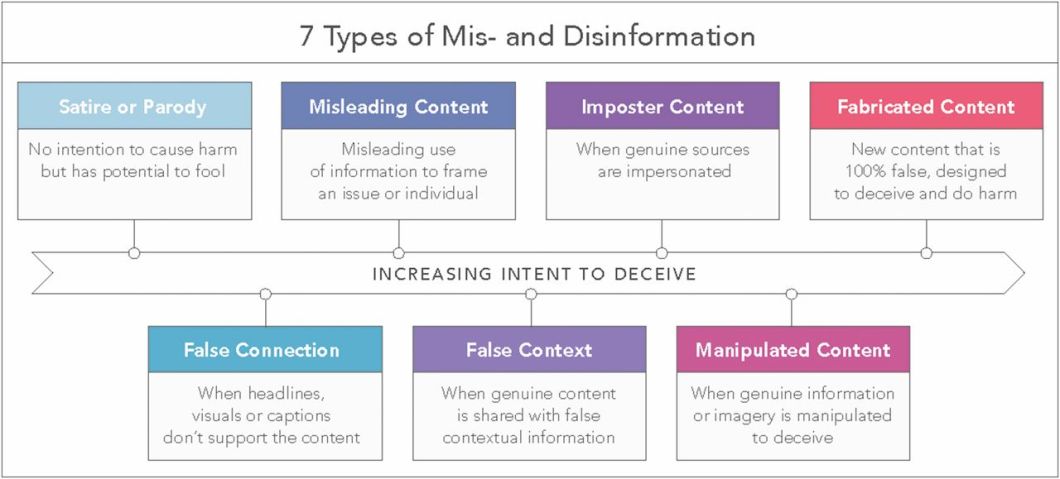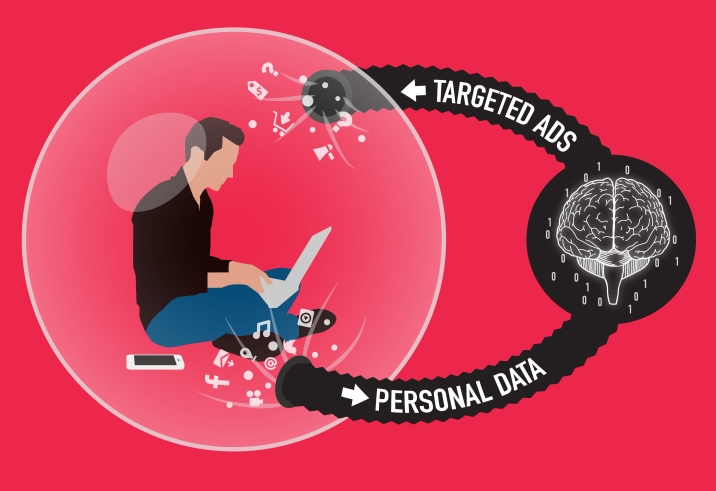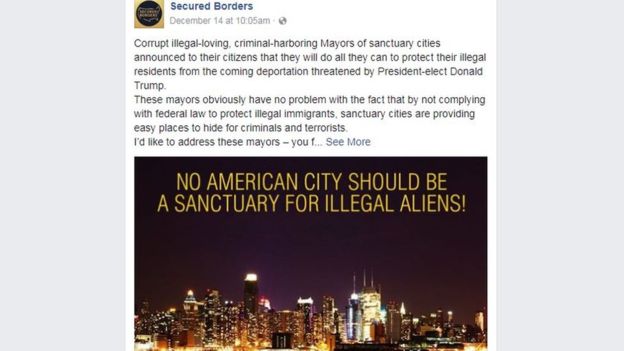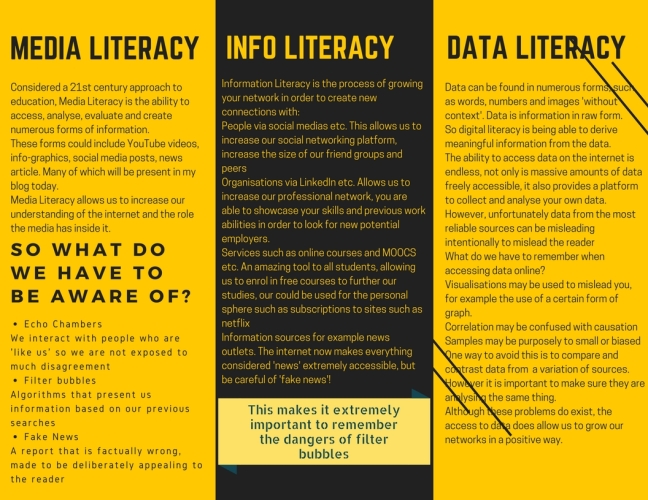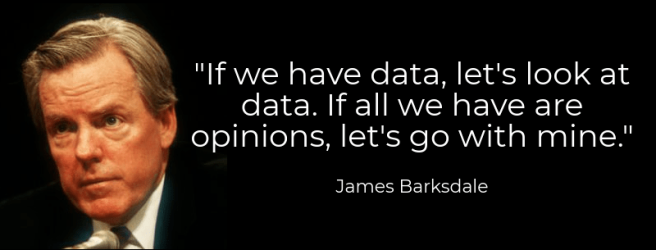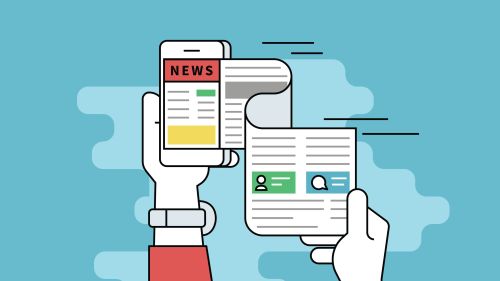
Topic 2: Assessing Online Information
Social media is currently the fastest carrier of information, providing instant news much quicker to a wider audience, as opposed to more traditional news outlets and sources (John Hopkins Sheridan Library, 2017). Though, when we evaluate the differences between print sources and online information we are able to identify distinctions between the quality of sources and how to be wary when using online sources.
Created by Yusra Huque-Dowlet using Piktochart. Reference: Elmer E.
Continue reading →

